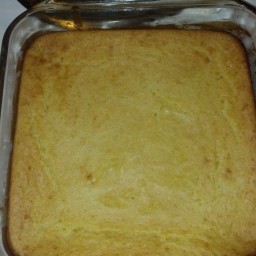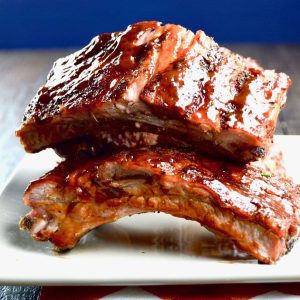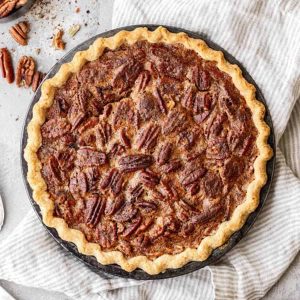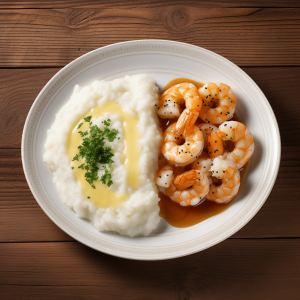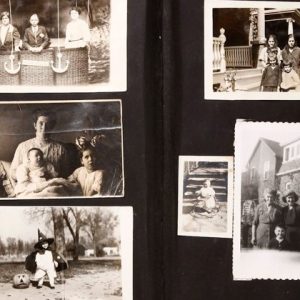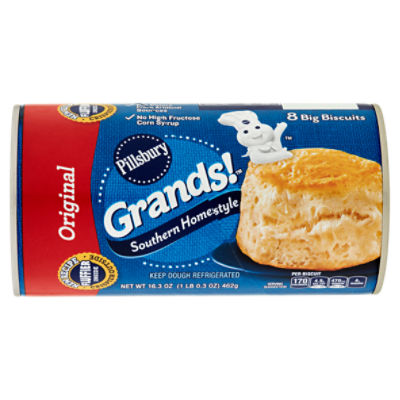
Grandmaw’s Biscuits: 3 Generations of Southern Baking Secrets
The aroma of baking biscuits, that fluffy, buttery, slightly yeasty scent, is a powerful olfactory trigger for many Southerners. It conjures images of sun-drenched porches, laughter echoing around family tables, and the unwavering love contained within each golden-brown bite. This isn’t just about biscuits; it’s about legacy, passed down through generations, like a cherished heirloom recipe.
The Legend of Grandmaw Millie
Our story begins with Grandmaw Millie, a woman whose hands, gnarled with age but nimble as a hummingbird’s wings, could coax the most perfect biscuits from the simplest ingredients. She wasn’t bound by precise measurements; her method was intuitive, a dance of flour, fat, and buttermilk guided by years of experience and an innate understanding of the alchemy of baking. Her biscuits weren’t just food; they were comfort, a symbol of home, and a testament to the enduring power of tradition. She used a cast-iron skillet, seasoned over decades, which imparted a unique character to each batch. The secret, whispered amongst family members, was a pinch of sugar, not for sweetness, but to enhance the browning and create a subtle depth of flavor. No one ever dared ask for her recipe, for it was understood that certain magic couldn’t be captured in words, only replicated through observation and the passing down of love.
Mama Rose’s Refinements
Mama Rose, Grandmaw Millie’s daughter, inherited not just the recipe, but the essence of her mother’s baking philosophy. While she cherished the traditions, Mama Rose brought her own touch, a touch of modernity to the classic biscuit. She meticulously documented her mother’s techniques, creating a more structured approach without sacrificing the rustic charm. Mama Rose introduced the use of a biscuit cutter, creating perfectly uniform biscuits, though she always maintained the spirit of Grandmaw Millie’s slightly uneven, uniquely shaped creations as well. Her refinement? A touch of baking powder, carefully measured, to create a lighter, airier texture without losing the satisfyingly dense heart of the biscuit. This subtle change led to a biscuit that was both familiar and exciting, a delightful evolution of the original.
Sarah’s Southern Twist
Sarah, Mama Rose’s daughter, represents the third generation carrying the torch of Grandmaw Millie’s legacy. She embodies a contemporary approach to Southern baking, embracing both tradition and innovation. Sarah’s biscuits are a testament to her understanding of the foundational techniques, infused with her own creative flair. She experiments with different types of flour, incorporating whole wheat or oat flour for a heartier texture and added nutritional value. She also introduced flavorful variations, incorporating herbs like rosemary and chives, or adding cheese for a savory twist. But always at the core of her creations is the unwavering respect for the original method, the heart of Grandmaw Millie’s legacy.
The Evolution of Grandmaw’s Biscuits: A Recipe Timeline
| Generation | Key Ingredient/Technique | Biscuit Character |
|---|---|---|
| Grandmaw Millie | Intuitive approach, pinch of sugar, cast iron skillet | Rustic, uneven, deeply flavorful |
| Mama Rose | Measured baking powder, biscuit cutter | Lighter, airier, uniform shape |
| Sarah | Flour variations, herbs, cheese | Modern twists, diverse flavors, maintains core tradition |
More Than Just Biscuits: A Legacy of Love
Grandmaw Millie’s biscuits are more than just a recipe; they’re a story, a testament to the enduring power of family, tradition, and the simple pleasure of sharing a meal together. Each biscuit carries within it the warmth of three generations, a legacy baked into every golden-brown crumb.
The journey of Grandmaw’s Biscuits, from rustic charm to modern variations, demonstrates how tradition can adapt and thrive, maintaining its essence while embracing new horizons. It’s a reminder that the best recipes are often imbued with love, passed down through generations, not just in measurements but in spirit and shared experience.
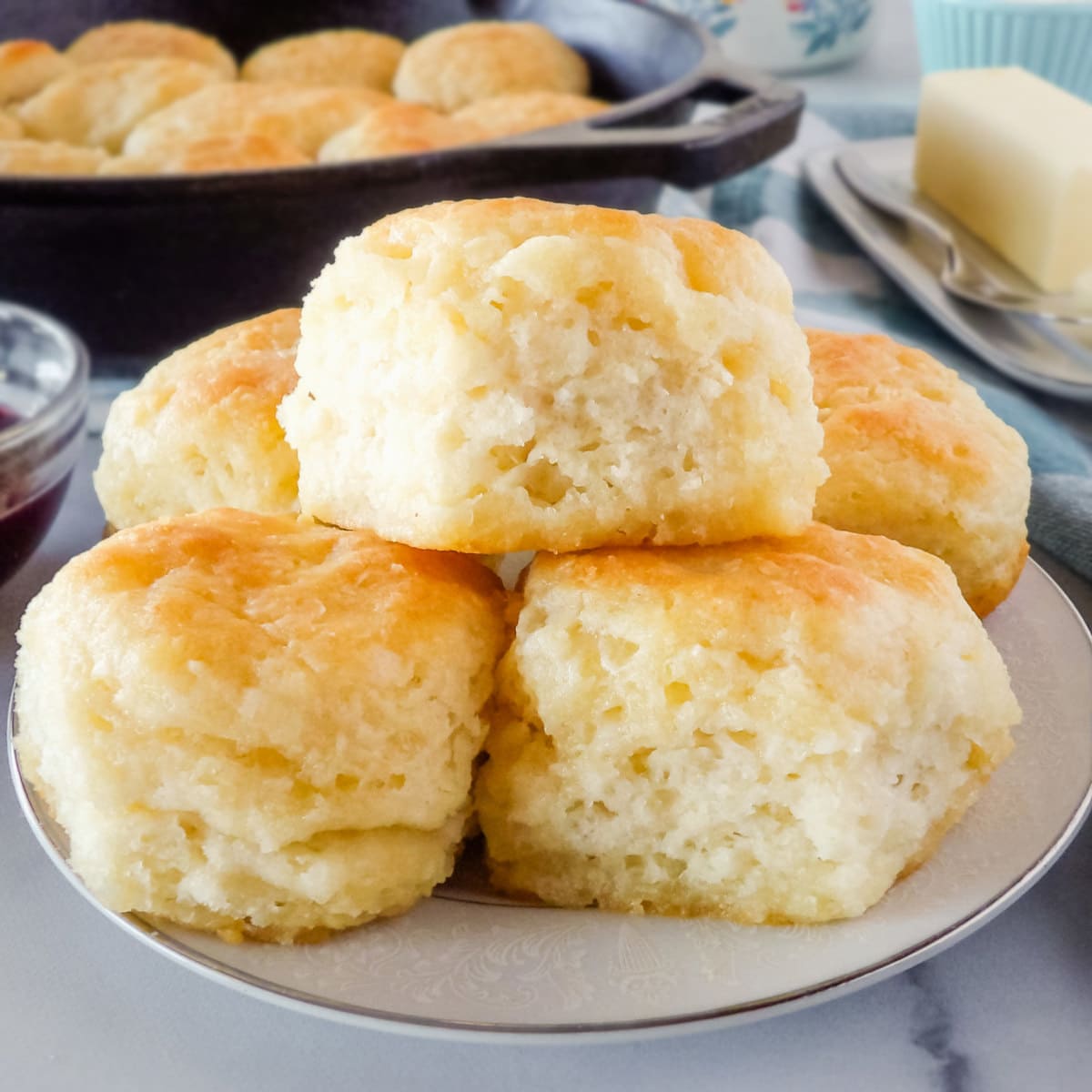
Additional Information
Grandmaw’s Biscuits: A Deeper Dive into Southern Baking Heritage and Business Potential
“Grandmaw’s Biscuits: 3 Generations of Southern Baking Secrets” (assuming this refers to a hypothetical book or article) presents a fascinating case study in the intersection of culinary heritage, family business, and potential market success. While the core text likely focuses on the recipes and history, a deeper analysis reveals several compelling aspects worth exploring.
I. The Cultural Significance of Biscuits in the South:
Southern biscuits represent more than just a food; they’re a powerful symbol of Southern identity, hospitality, and familial tradition. Understanding this cultural context is crucial to evaluating the book’s potential impact and the business viability of any associated product line. Research into Southern foodways, encompassing oral histories and anthropological studies, would illuminate the social and emotional connections people have with biscuits. For instance, analyzing food blogs, social media posts, and regional cookbooks can reveal the prevalence and variations of biscuit recipes across different Southern communities. A comparative analysis of biscuit traditions in different Southern states (e.g., comparing fluffy buttermilk biscuits of Virginia with the flakier biscuits of Georgia) could enrich the understanding of regional nuances and potential market segmentation.
II. Competitive Landscape and Market Analysis:
The success of “Grandmaw’s Biscuits” (as a potential brand) hinges on its ability to differentiate itself within a competitive market. A thorough market analysis is essential. This would involve:
- Identifying direct and indirect competitors: This includes established brands of biscuit mixes, frozen biscuits, and local bakeries specializing in Southern cuisine. Analyzing their pricing strategies, marketing approaches, and market share is vital.
- Market segmentation: Determining target audiences (e.g., nostalgic Southerners, younger generations seeking authentic Southern food, health-conscious consumers looking for artisanal options) allows for tailored marketing campaigns and product development.
- SWOT analysis: A comprehensive SWOT (Strengths, Weaknesses, Opportunities, Threats) analysis of a potential “Grandmaw’s Biscuits” business would highlight its competitive advantages (unique family recipes, authentic heritage), potential weaknesses (limited production capacity, reliance on family recipes), market opportunities (expanding into online sales, catering services), and threats (competition from larger food companies, fluctuations in ingredient costs).
III. Business Model and Sustainability:
The book could serve as a springboard for various business models:
- Recipe book and online content: The book itself could generate revenue, and supplementary online content (videos, blog posts, interactive recipe adjustments) could build a community around the brand.
- Artisan bakery or food truck: Leveraging the recipes to create a physical business offers direct customer interaction and potential for higher profit margins. However, this requires significant investment and management expertise.
- Licensing and partnerships: Partnering with larger food companies or retailers to produce and distribute “Grandmaw’s Biscuits” products (mixes, frozen biscuits, etc.) allows for scalability and broader market reach. This necessitates careful consideration of licensing agreements and brand integrity.
- Experiential tourism: Offering cooking classes or biscuit-making workshops capitalizes on the growing interest in food tourism and hands-on culinary experiences.
Each model carries unique financial implications, requiring detailed projections of startup costs, operating expenses, revenue streams, and profitability. Sustainability concerns – sourcing sustainable ingredients, minimizing waste, and environmentally friendly packaging – also need to be addressed.
IV. Beyond the Recipe: Storytelling and Brand Building:
The “3 Generations of Southern Baking Secrets” aspect offers a powerful storytelling opportunity. This narrative can resonate deeply with consumers, fostering brand loyalty and a sense of connection. However, effective storytelling requires:
- Authenticity: The narrative needs to be genuine and relatable, avoiding overly sentimental or cliché portrayals.
- Emotional resonance: Connecting with consumers on an emotional level – evoking feelings of nostalgia, comfort, and shared family traditions – is essential for building a strong brand identity.
- Consistent branding: The brand’s visual identity (logo, packaging, website design) should reflect the authenticity and heritage of the biscuits.
In conclusion, while “Grandmaw’s Biscuits” offers a compelling culinary narrative, its potential extends far beyond a collection of recipes. A comprehensive analysis of cultural context, market dynamics, business models, and brand storytelling is crucial to unlocking its full potential for both commercial success and the preservation of Southern culinary heritage.

